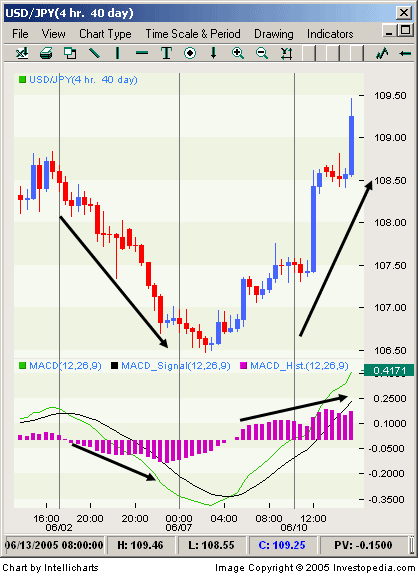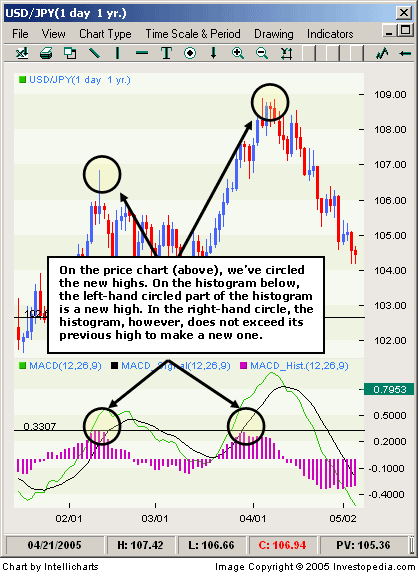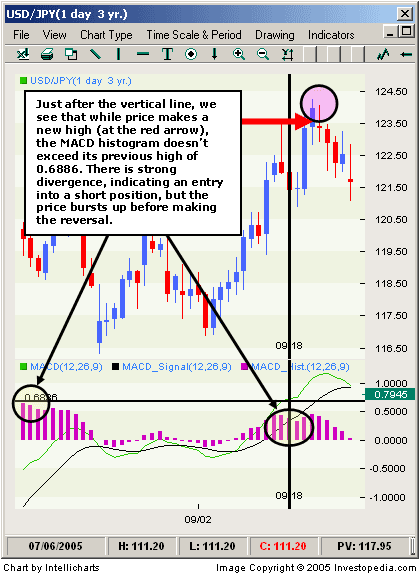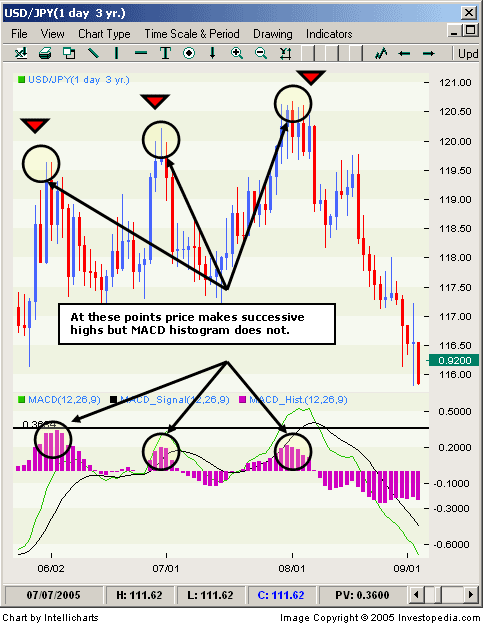Rules of data reading RSI/MACD.
- Week, day, intraday, in intraday to consider day and weeks, that is the general situation in the market.
- To choose a corresponding time-frame.
- The Nobility extreme values of indicators for the chosen tool.
- Each market will have own trend which should not be considered at trade in other market.
- Inertia of the market - the market should cool down or heat up, then there is a consolidation.
- In the price risks, and also a news background and expectations of traders are considered all.

The above picture is a full set of graphs which are necessary for trade on system RSI/MACD. Here three different tools and only one time-frame for everyone. I do not change a symbol of the graph and its time-frame within all trading day in system RSI/MACD. Absolutely everything, that is necessary to us for trade in the market, is on this set of graphs. And we do not pay attention on what another. All is simple.
We use only two RSI the indicator and one MACD at trade. The first is RSI with the period 9, displayed red color (a thick line) which refers to RSI. Another is RSI with the period 3, displayed as red (a thin line), and named Turbo RSI or TRSI. MACD 9 or 8 is displayed navy (a thin line) by color.
Establish the unique graph with the unique time-frame for the tool. At transition to other time-frame it is necessary to consider frequency rate a time-frame in during trading session.
Choose quiet colors. Establish the size and color of the text and any other element of the graph so that they strongly were not allocated. As much as possible allocate both RSI the indicator and MACD. Make their convenient for reading. They are the only thing, that we wish to allocate during trade. Any other information is not important. If something is allocated another besides patterns RSI you will be focused on it and worsen time of your reaction.
Everything, that you need to do within all day is to wait for occurrence RSI/MACD of a pattern. It will be uneasy employment. Good trade - by definition patient. Reconcile to it. We wait for entrance signal RSI/MACD. We enter into trade. We wait RSI/MACD a signal to an output. We leave trade. All simply and definitely, very clearly and well works.
Source:(http://www.forex-forecast.net)



